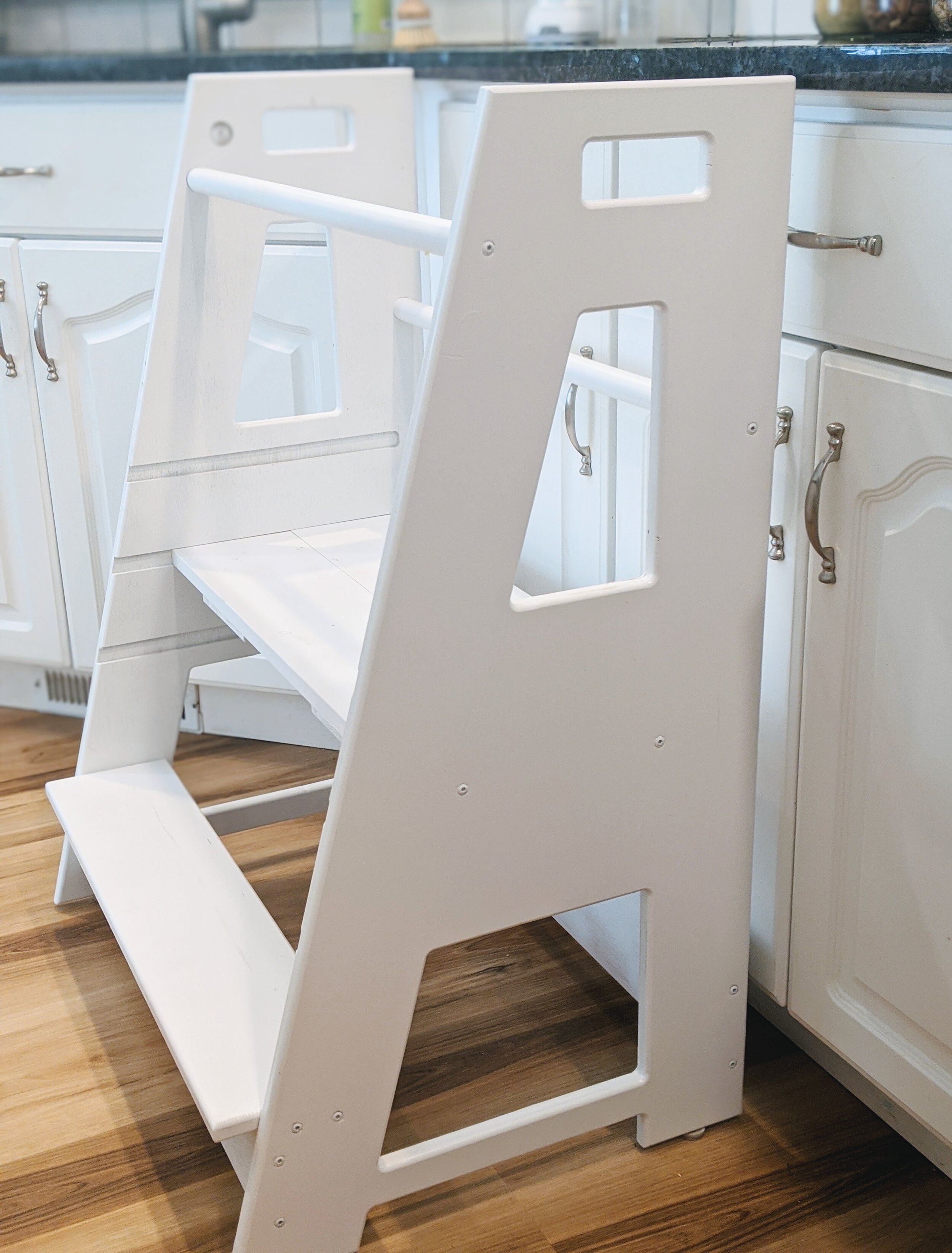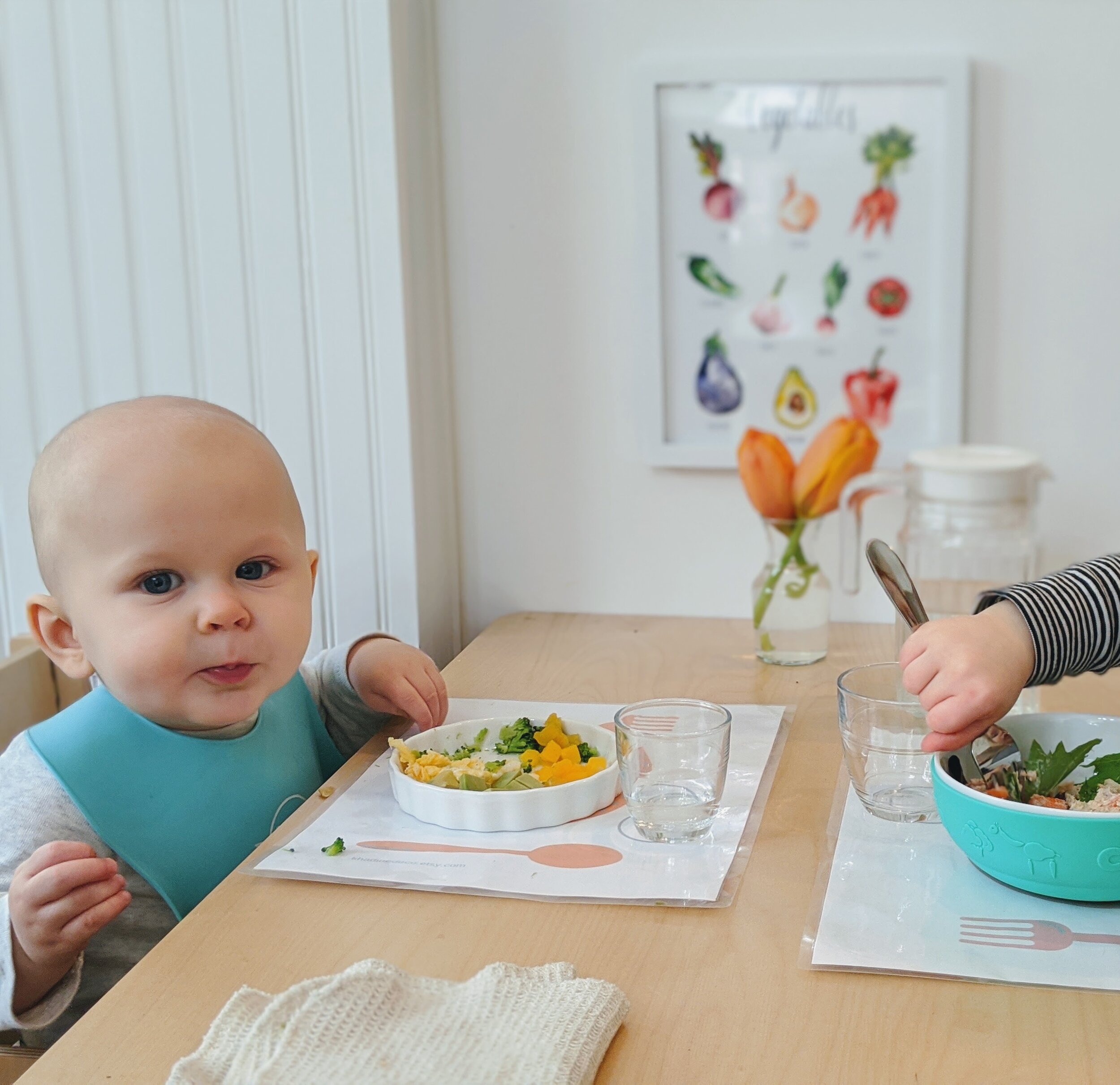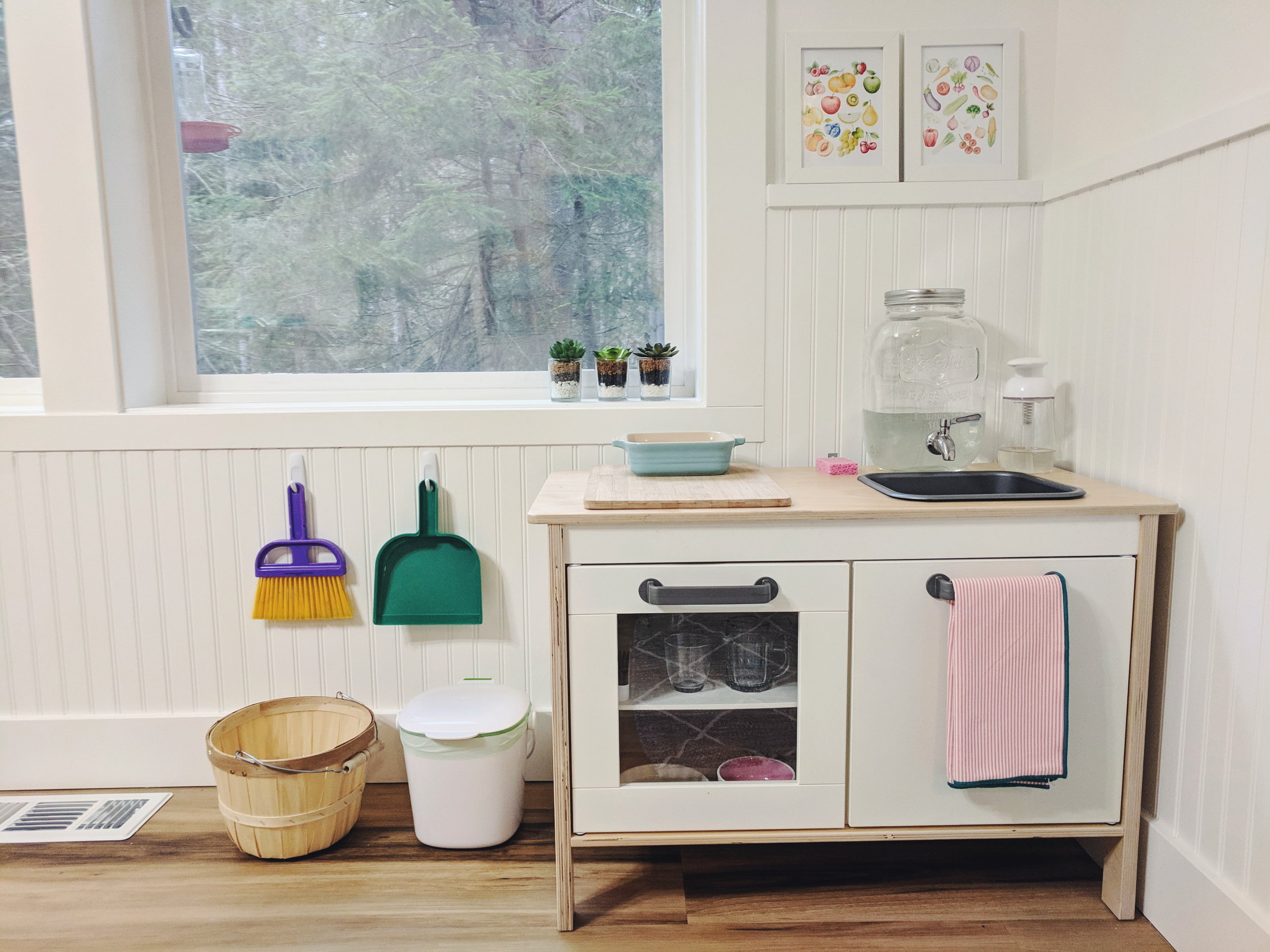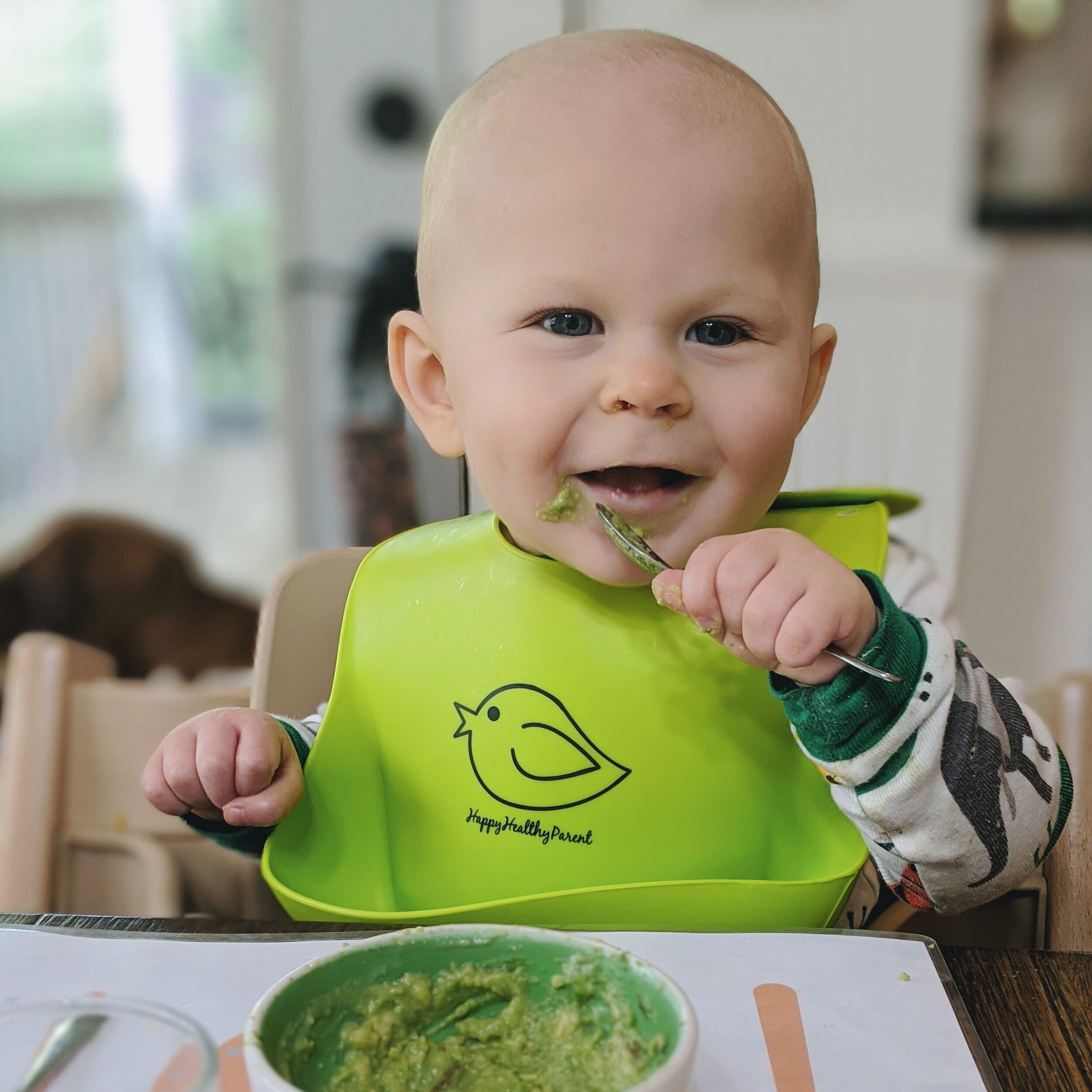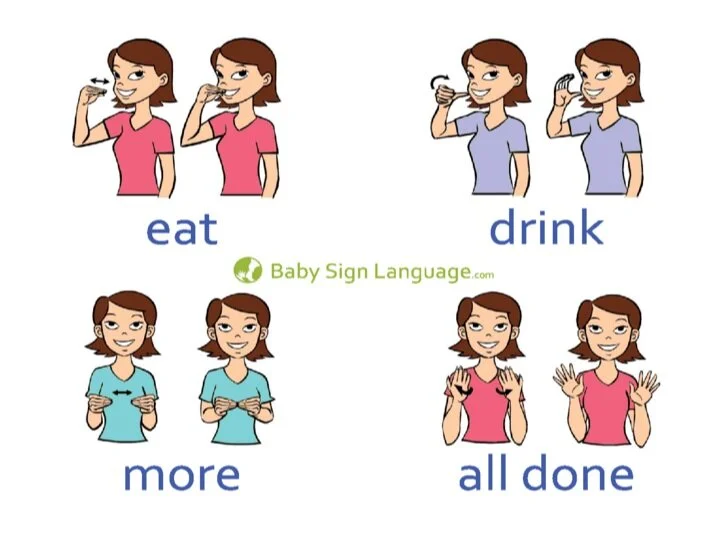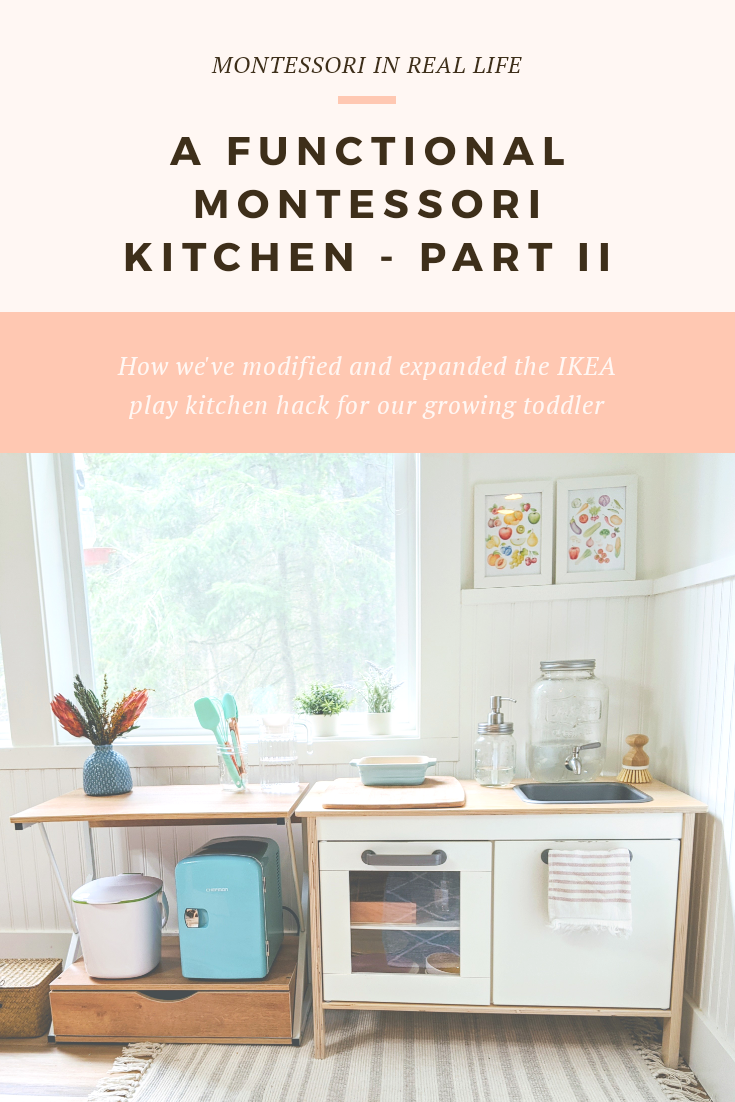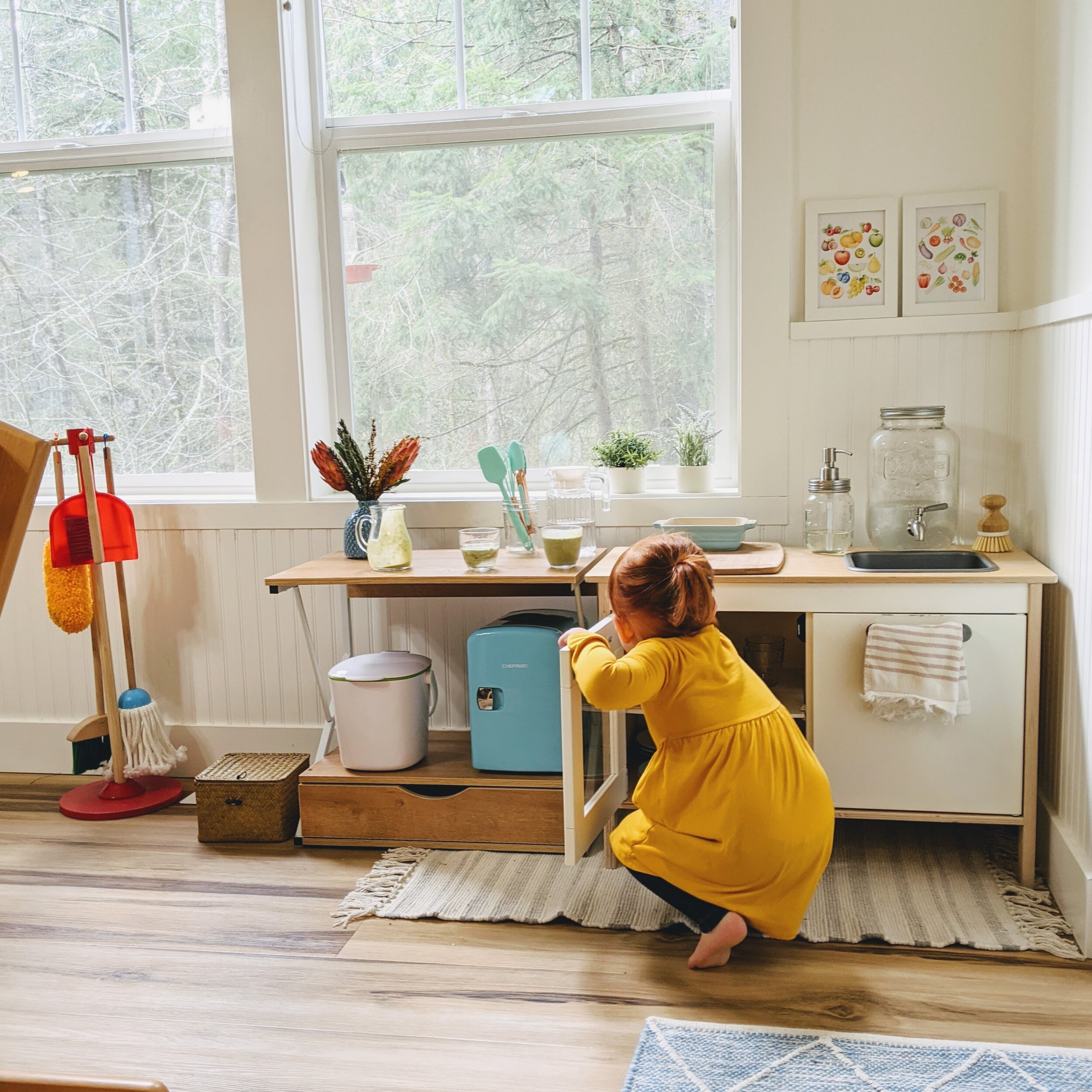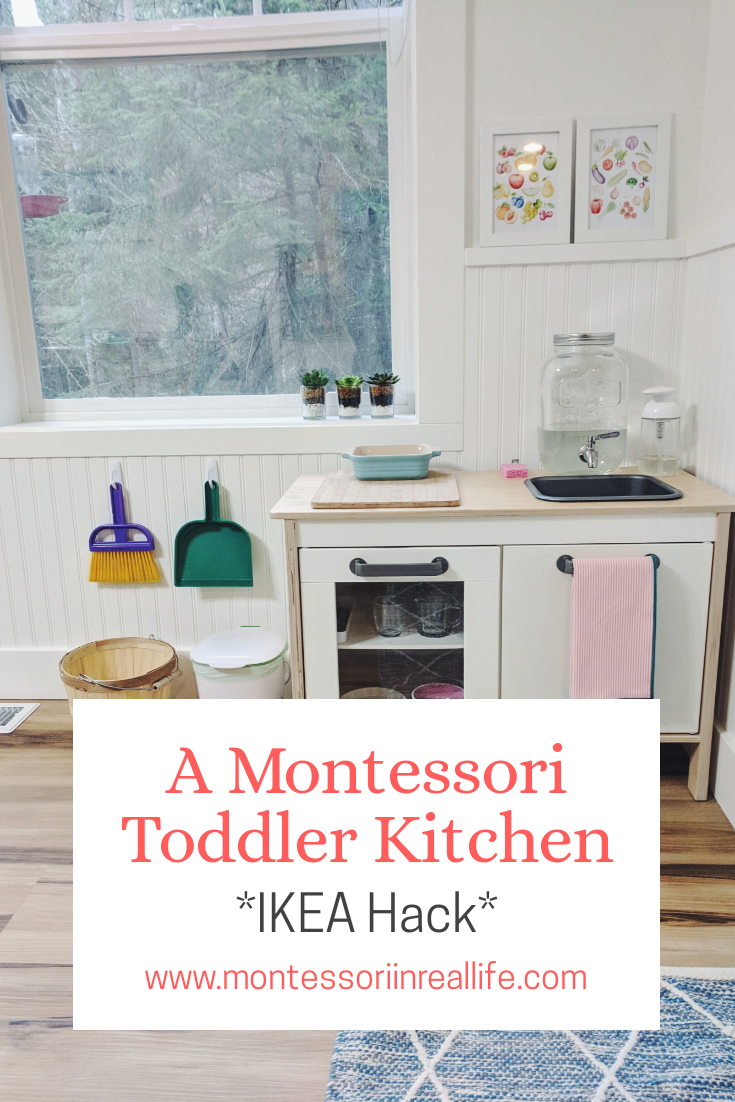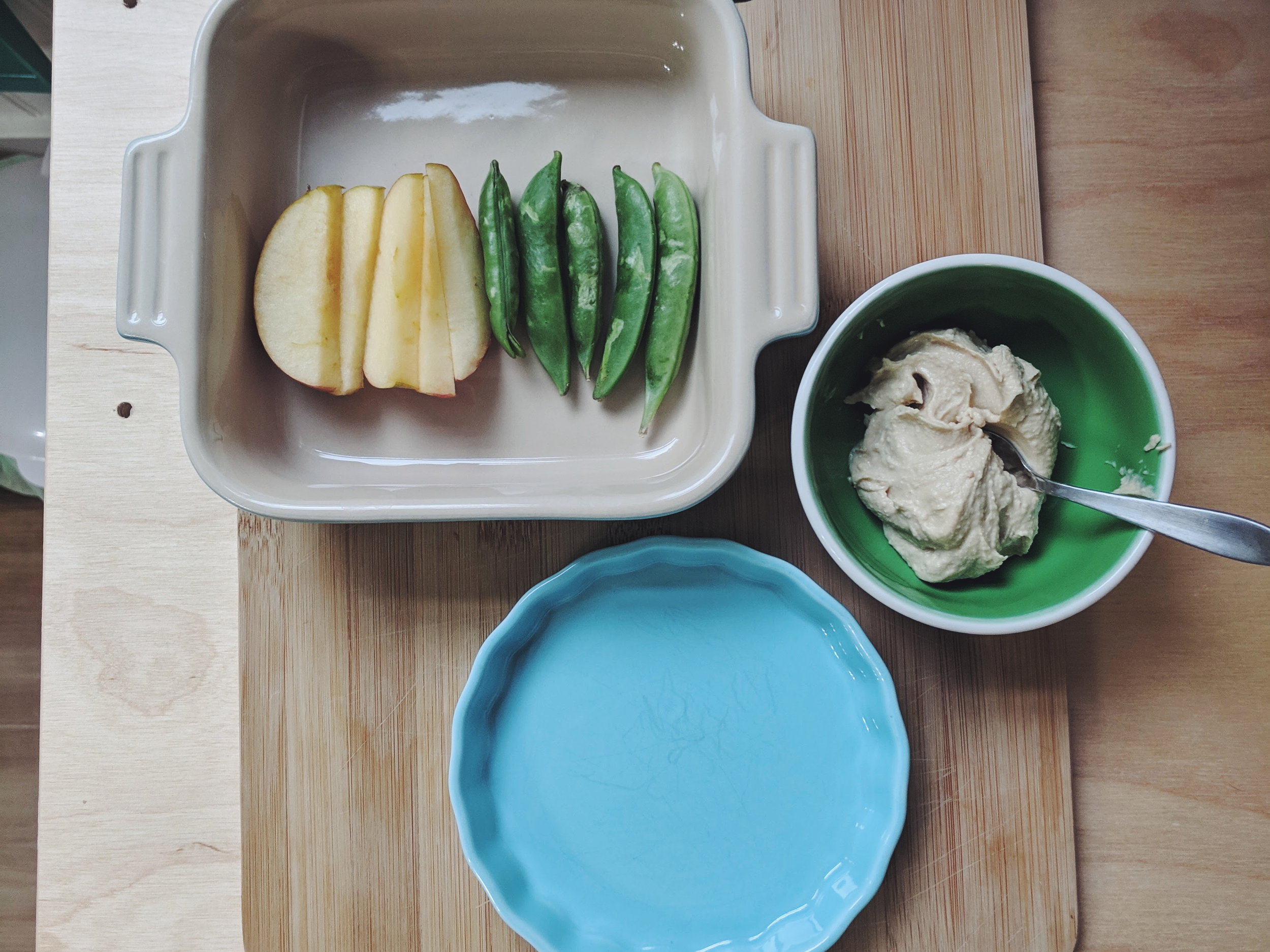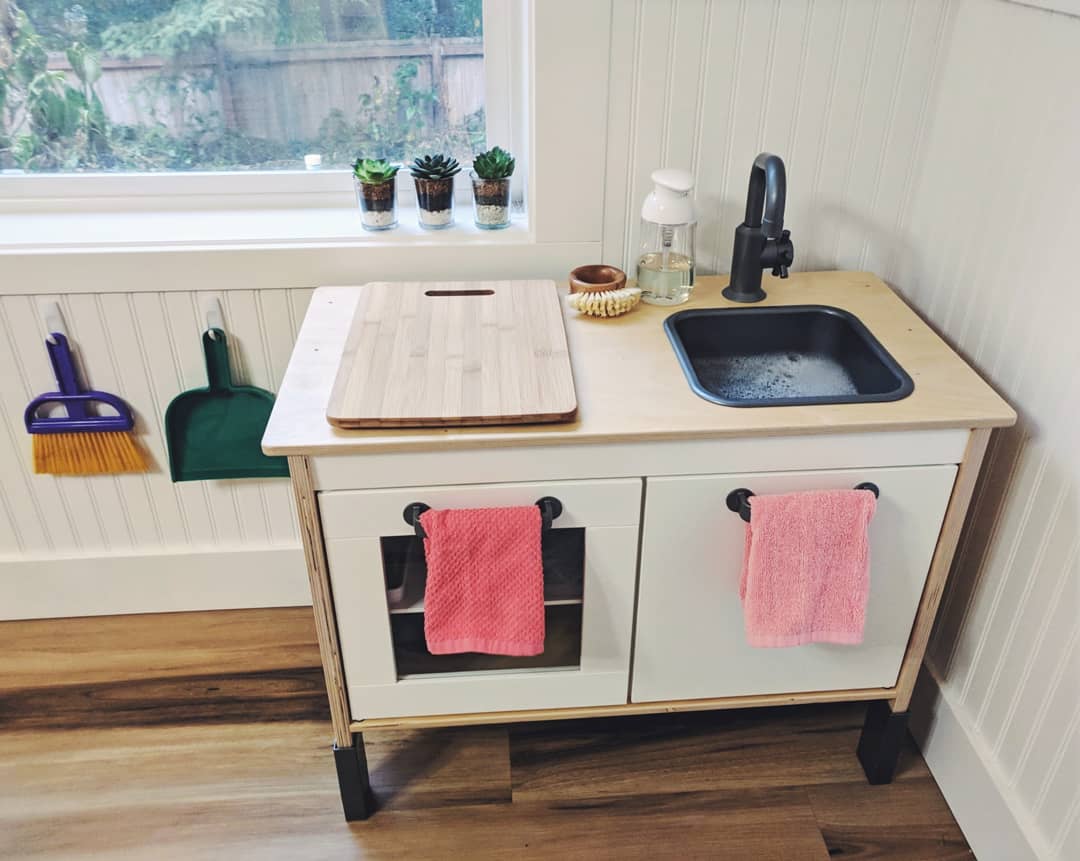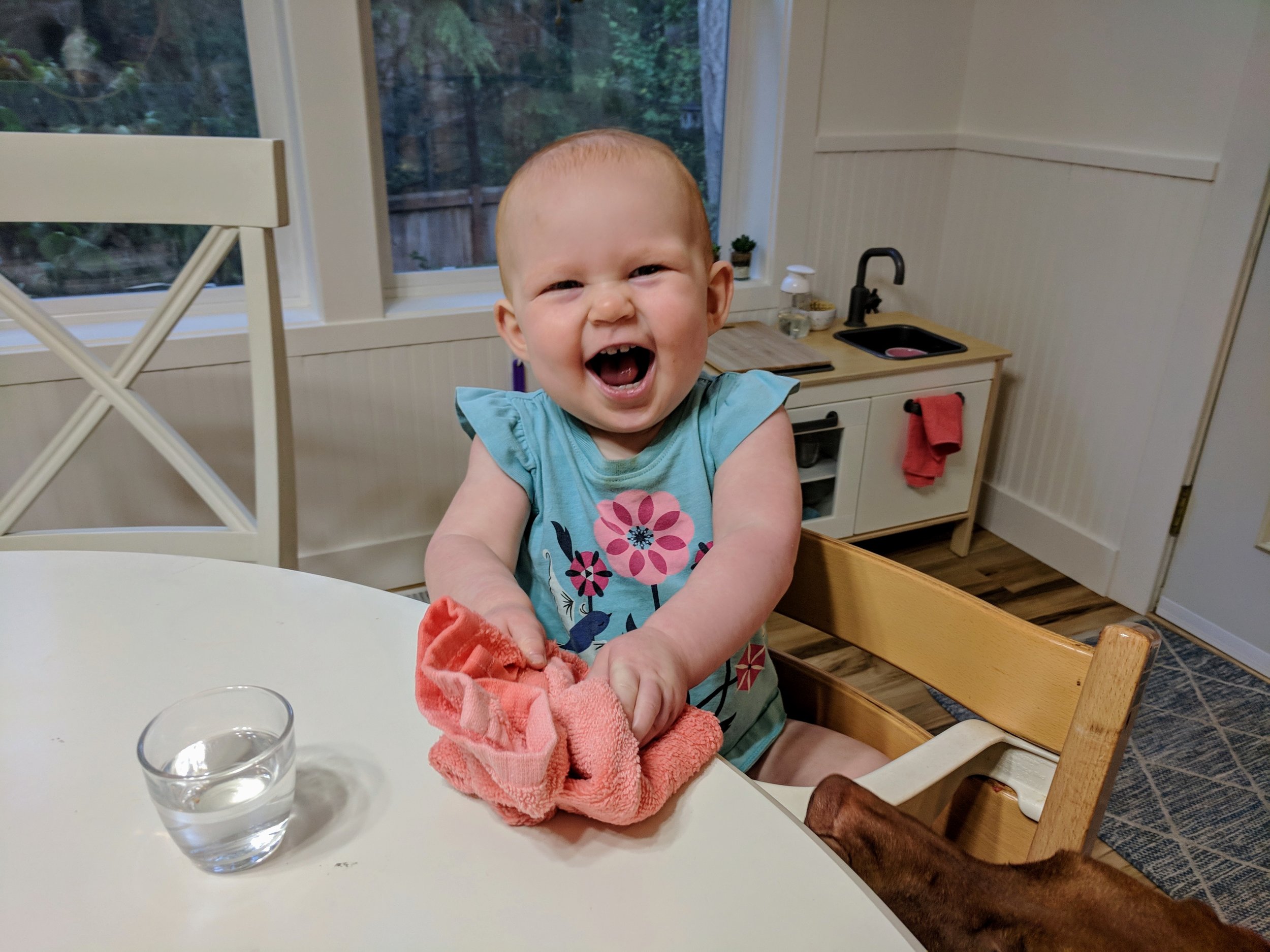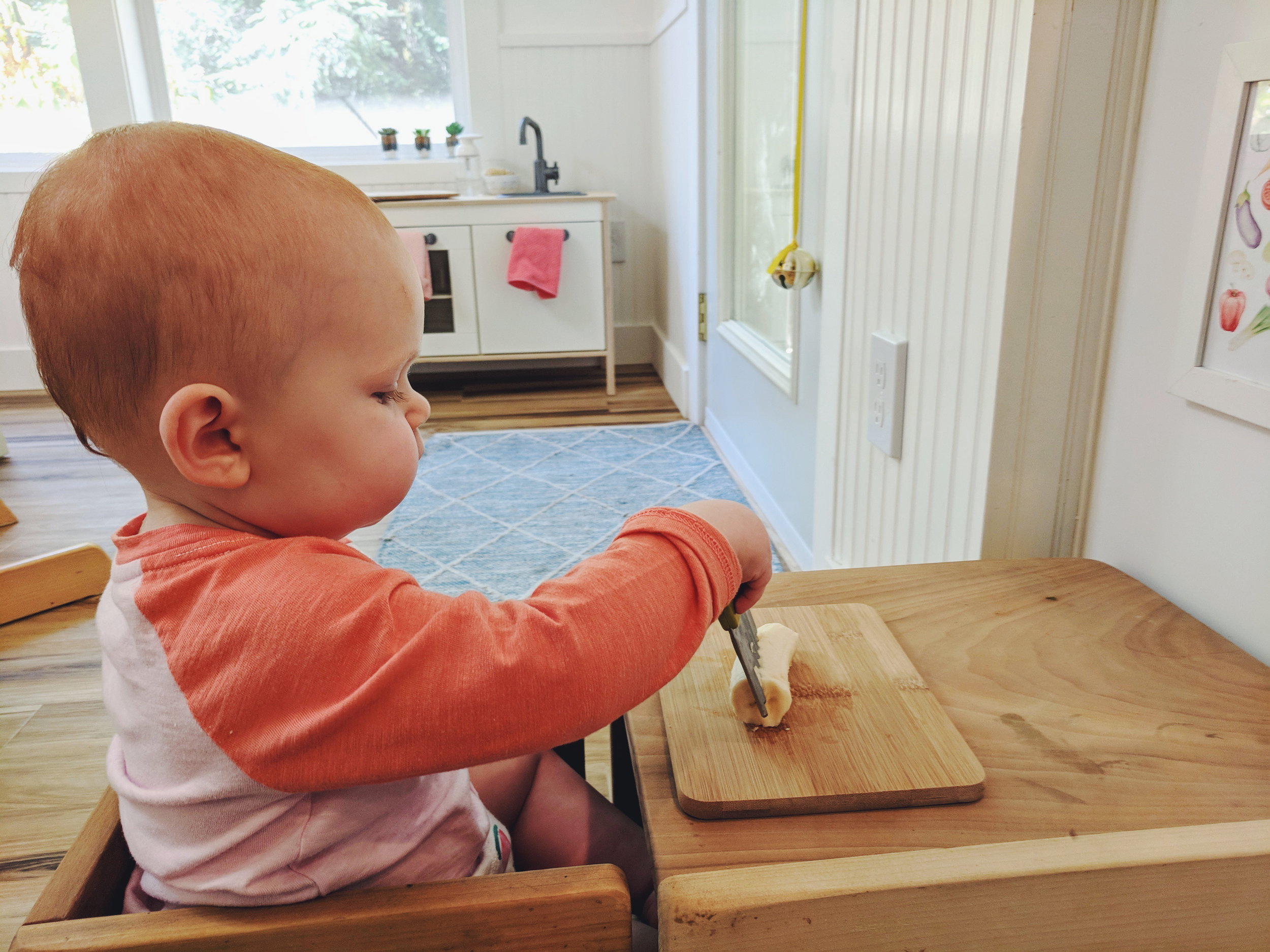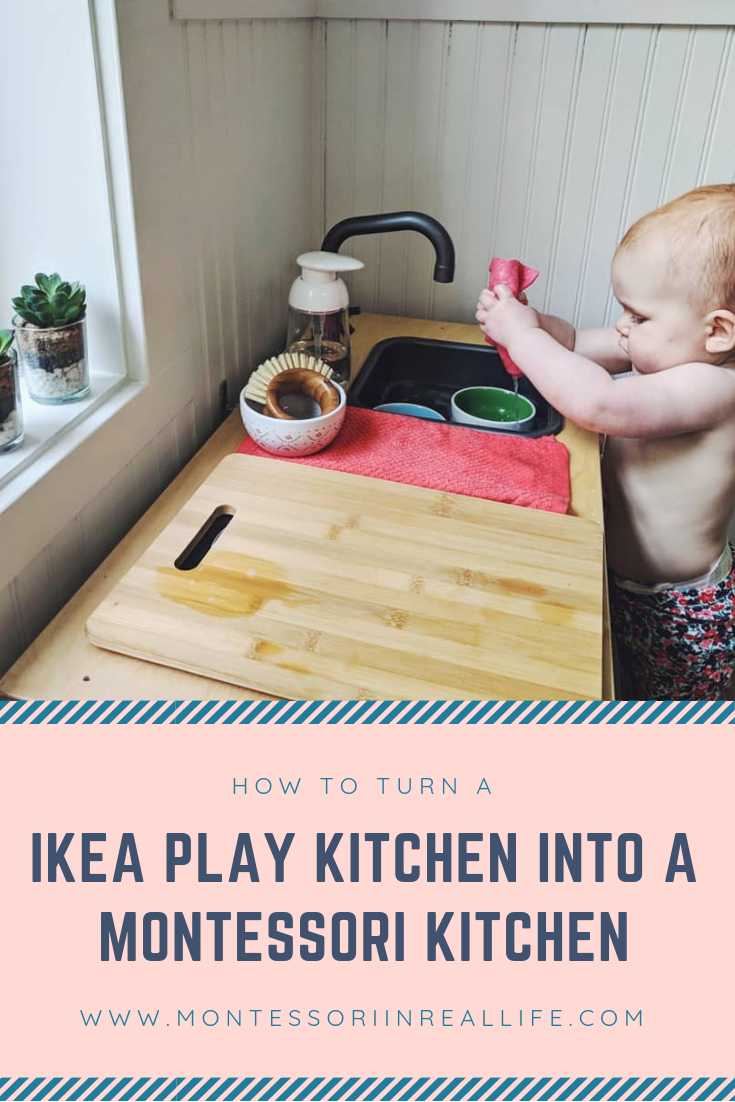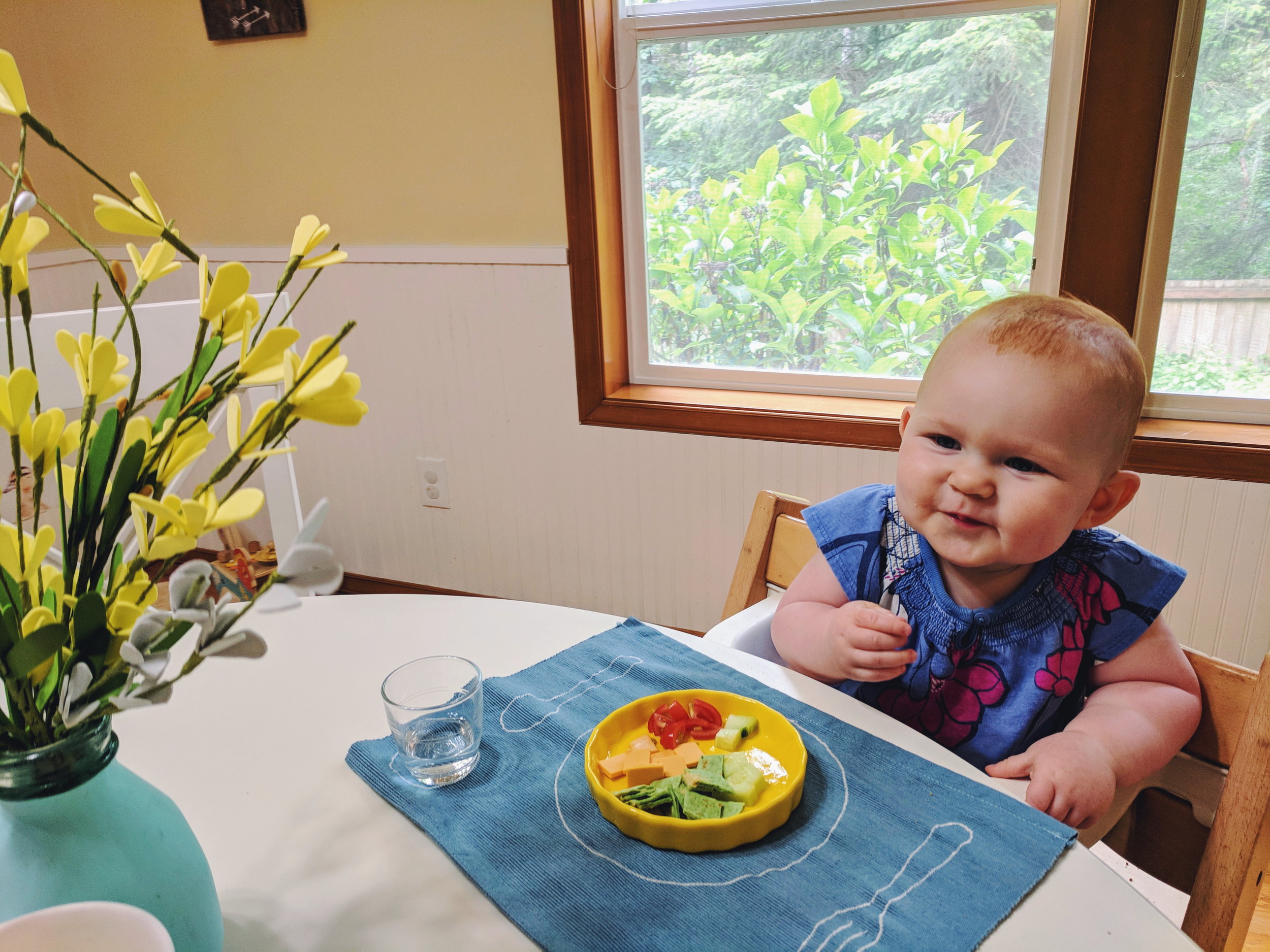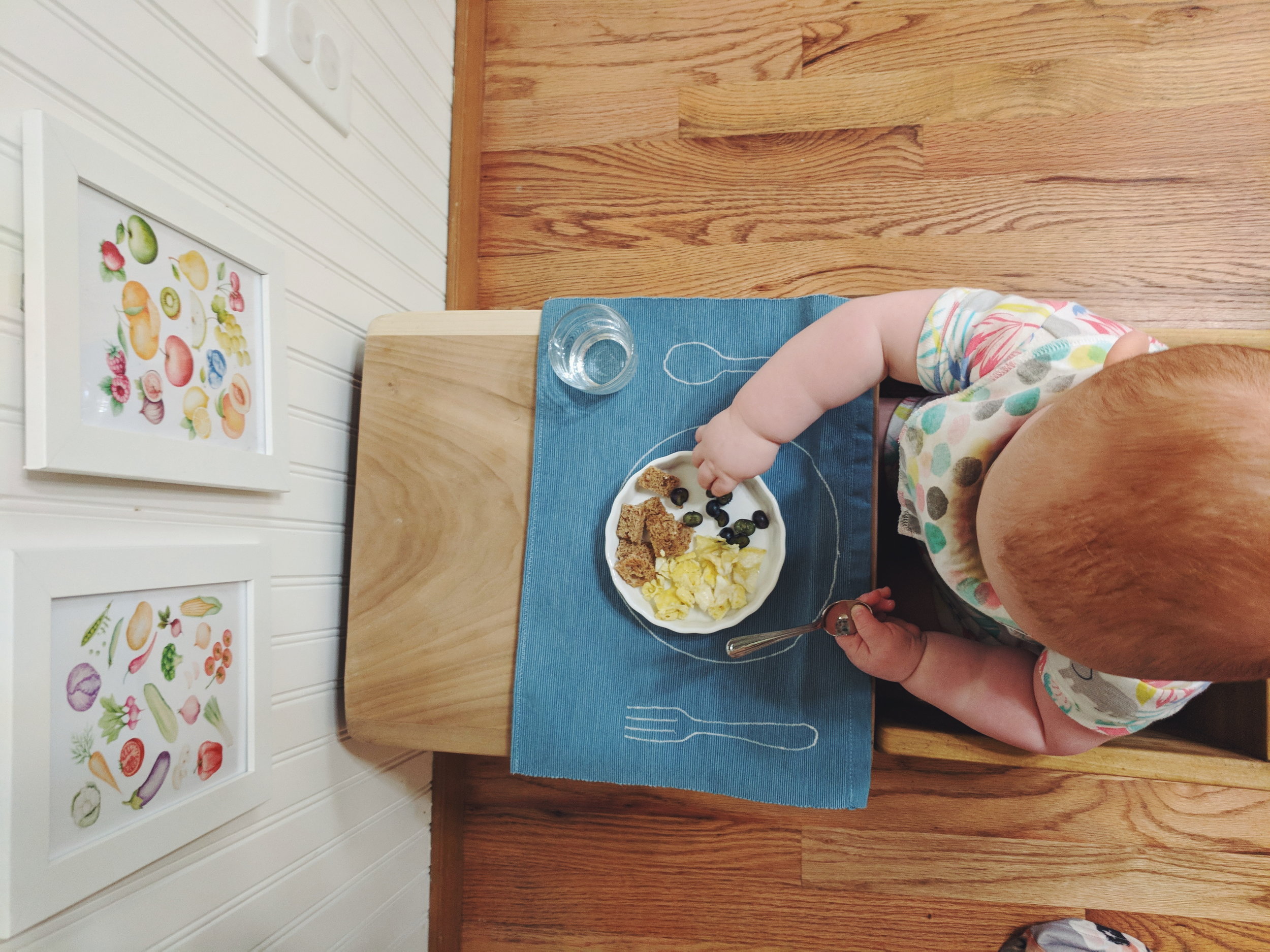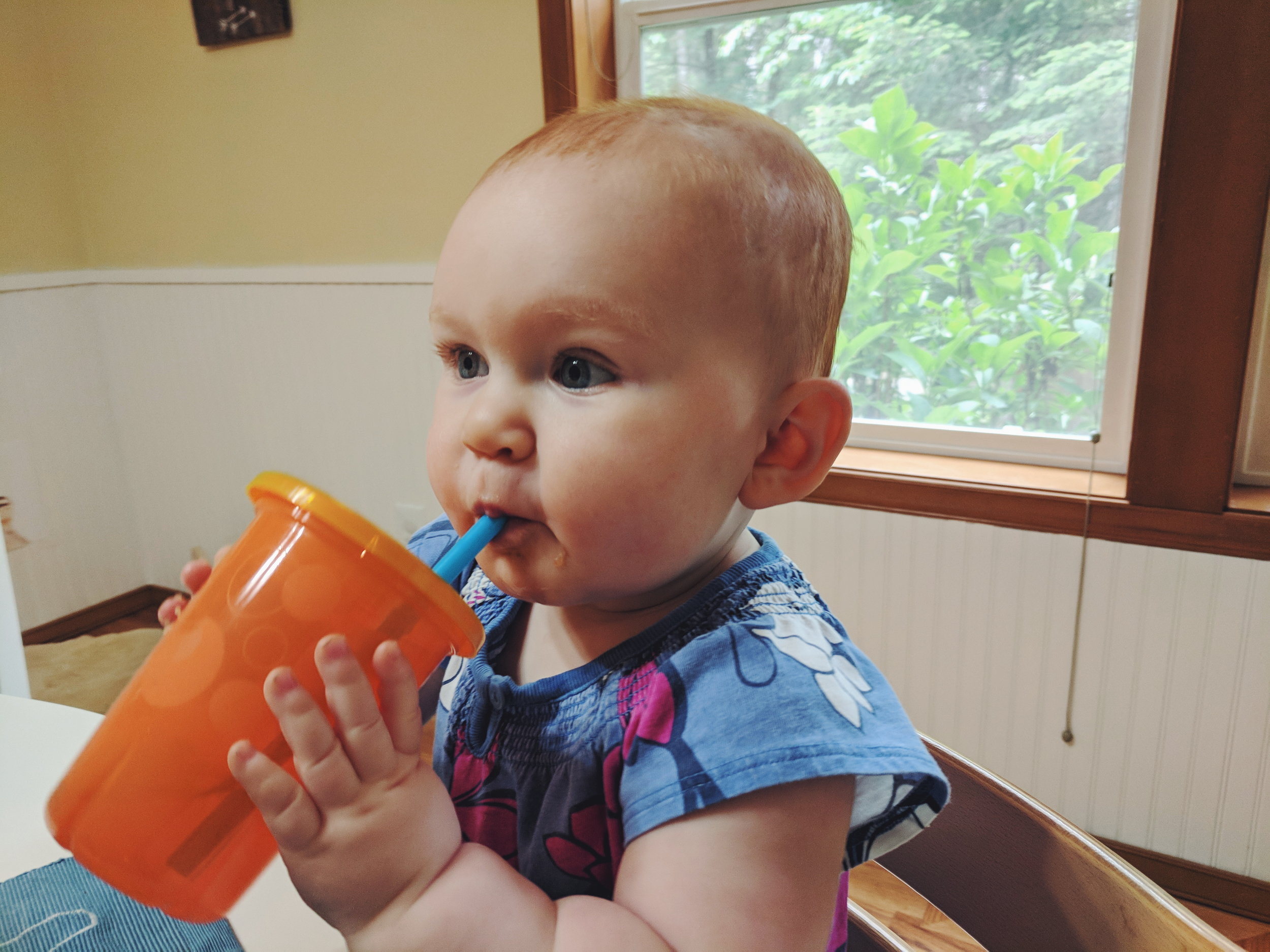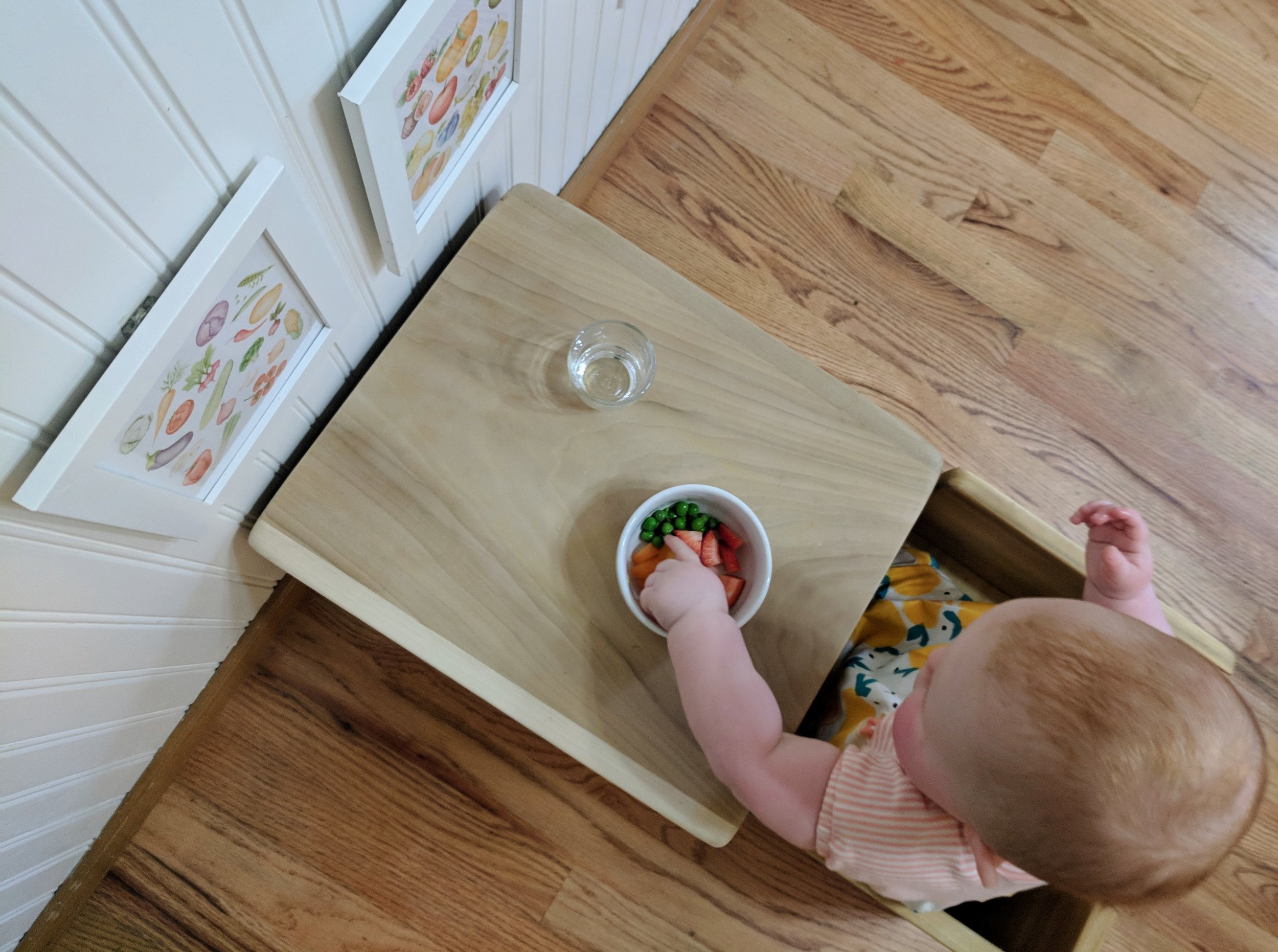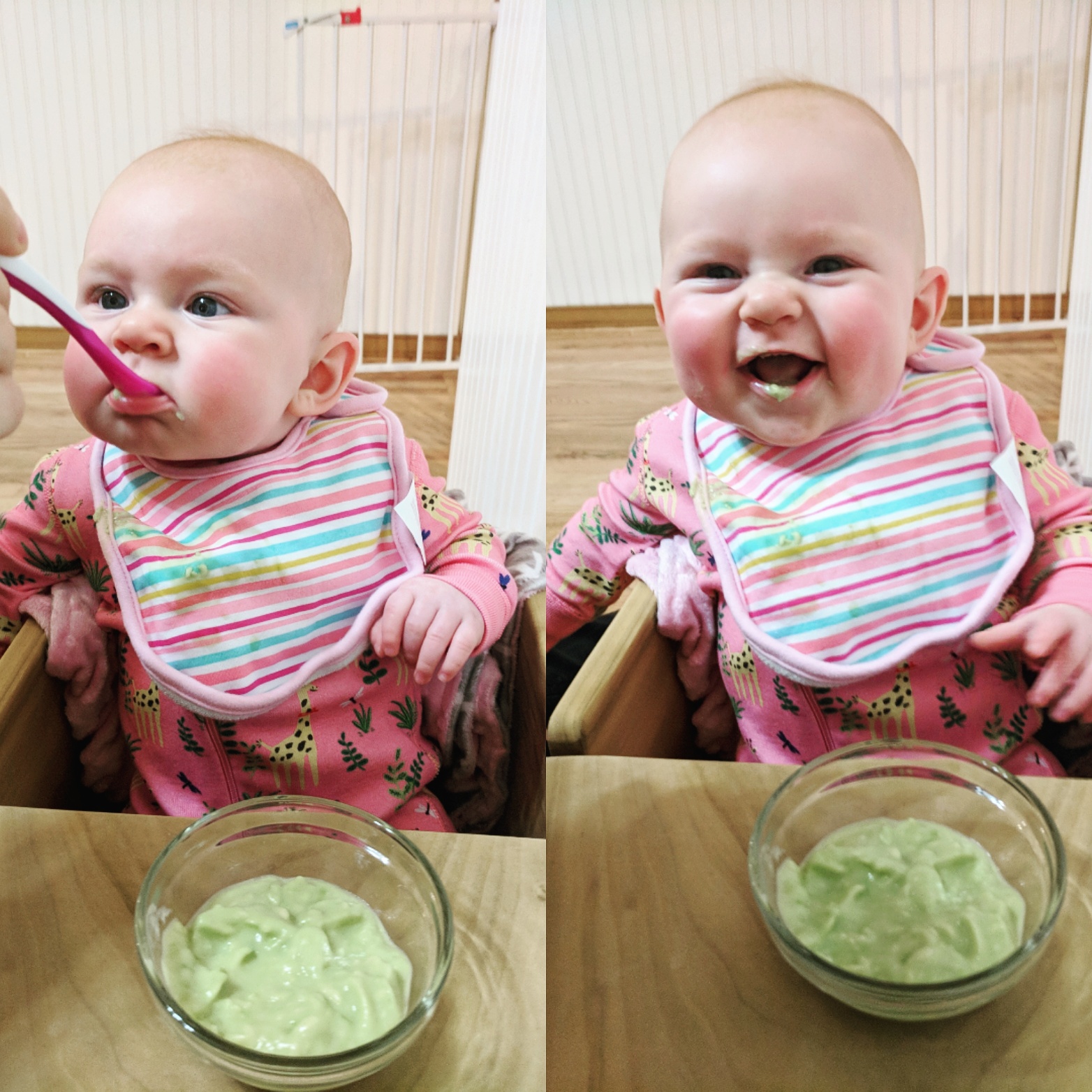How to Build a Kitchen Helper
Montessori in Real Life
My husband made our first kitchen helper for D when she was 14 months old. She was the same age as S is now, with the same needs: to be close to Mama and close to the action (and food). The kitchen helper saved us then, and the double kitchen helper is saving us again now. Goodbye to days of leg clinging or trying to cook an entire dinner with one hand. Hello to days of learning and cooking together (or at least to days where one of us is playing with a whisk, the other is tasting ingredients, and the third is cooking in relative peace!)
This double kitchen helper has made my life easier, but it is also such a wonderful opportunity for the kids. D really does love to help prepare her meals, and enjoys trying new foods so much more because of it. S is already excited to be a part of the process, and soon he will probably be mixing, spreading, chopping, and baking away. I can’t wait to see what they cook up together.
Now that I’ve hopefully convinced you of the need for a kitchen helper, I’ll talk a bit about the plans. My husband gets all the credit. He build this helper in a weekend and wrote the plans in a night so I could get this in our kitchen and on my blog asap. We are so grateful to him! Before downloading these plans, keep in mind he is not a professional builder. He has taught himself along the way, so we cannot guarantee perfection or a safety guarantee. He does work in analytics, so you can count on these plans being extremely detailed and well thought out, with photos and diagrams along the way. These plans will lead you through making a single or a double helper. We can’t wait to see your littles enjoying their kitchen helpers too!

